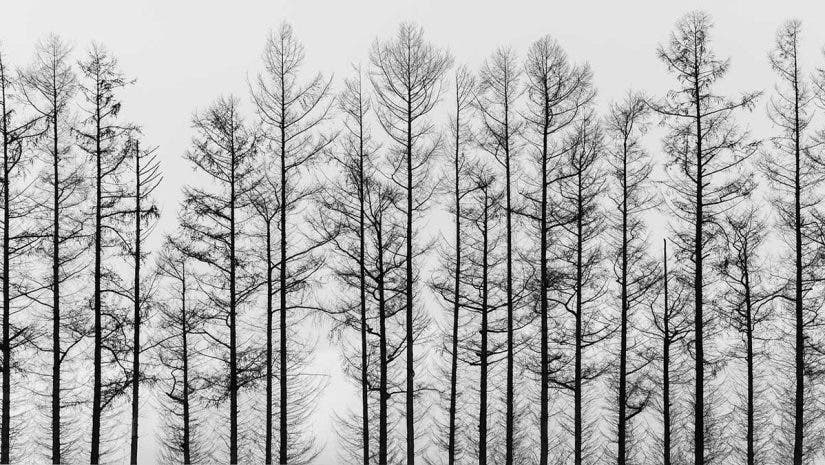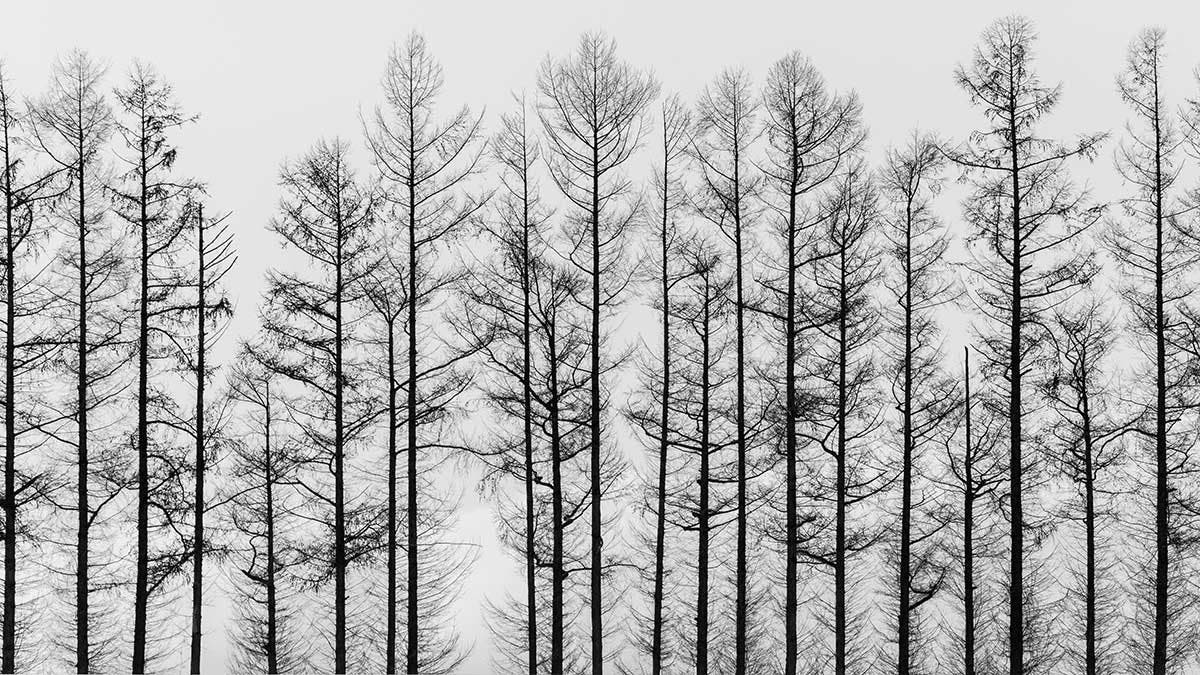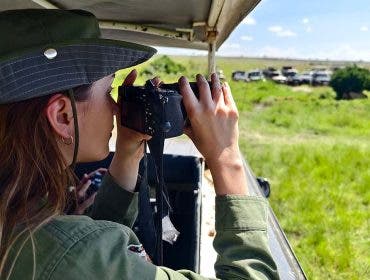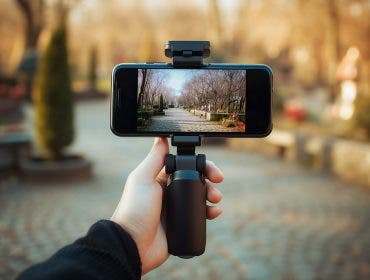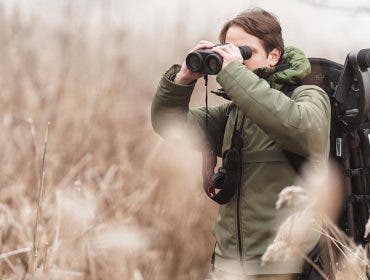In celebration of World Photography Day, we will explore the impact of Asian art and culture on the photography world today. We will delve into historical and contemporary trends. Along the way, shedding light on the works of some of the most influential Asian photographers. Photographers whose invaluable contributions continue to shape the medium.
Since its inception, photography as an art form has continually drawn inspiration from the vibrant tapestry of cultures and artistic traditions from around the globe. Among these diverse influences, Asian art and culture have helped to indelibly shape the aesthetics of photography. Historically and contemporarily. From the principles of composition rooted in ancient Asian traditions to the emergence of contemporary Asian photographers making waves on the global stage. The impact of Asian art and culture on photography is profound and enduring.
The Historical Influences of Asian Art and Culture on Photography
Influences From Traditional Aesthetics and Philosophies
The distinctive approach to composition, balance, and depiction of the natural world in Asian art, notably from regions such as China, Japan, and India, has had a profound impact on photography. Naturally, these elements have deeply influenced photography, especially in how photographers from the region approach the framing of their subjects. For example, in traditional Chinese painting, the concept of shanshui/山水 (mountain-water) painting emphasizes the harmonious relationship between humans and nature.
This philosophy of balance and harmony is often reflected in the approach that landscape photographers adopt when composing their images. They create a visual equilibrium that engages the viewer and draws them into the scene. Additionally, photographers have embraced the use of negative space, a fundamental element in traditional Chinese and Japanese art. This can help evoke a sense of tranquility and focus in their work.
Similarly, the Japanese aesthetic principles of wabi-sabi/侘び寂び (appreciating the beauty in imperfection). As well as ma/間 (a pause in time, an interval, or emptiness in space) have influenced how photographers view and interpret their subjects and surroundings. These principles have led to a style of photography that is introspective. As well as deeply connected to the natural world. Embracing the idea that beauty can be found in the transient, the incomplete, and the imperfect.
Drawing Inspiration From Calligraphy, Minimalism, and Zen Buddhism
The art of calligraphy, with its emphasis on fluidity, precision, and the power of a single stroke, has also had a profound impact on photography. The minimalist approach is often seen in Chinese and Japanese calligraphy. A technique where a few seemingly simple brushstrokes can convey profound meaning. This is mirrored in the minimalist photography style that seeks to tell a story through simplicity.
This influence is evident in the works of photographers who focus on clean lines, negative space. As well as the power of juxtaposing a single subject against a vast background. The connection between calligraphy and photography highlights the shared ability of both art forms to communicate emotions and ideas through the careful arrangement of elements within a composition. Zen Buddhism’s philosophy of mindfulness and appreciating the beauty of the present moment has also permeated the world of photography.
This influence is particularly evident in how photographers capture ephemeral moments. Moments such as the interplay of light on a subject. Or the gentle ebb and flow of a stream, echoing the fleeting nature of life.
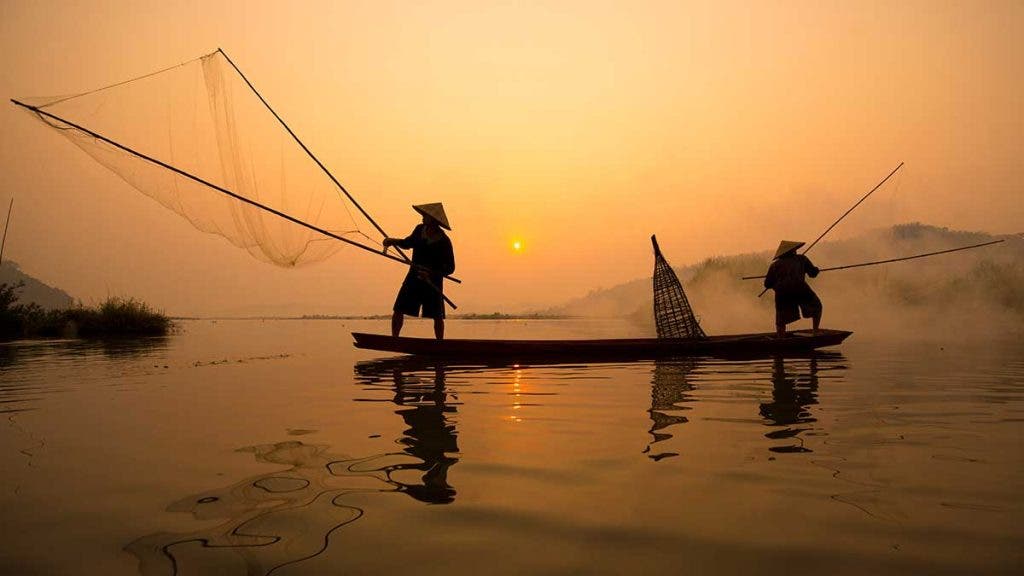
Asian Photographic Icons
As the world becomes steadily more interconnected, the contributions of Asian photographers have become increasingly recognized on the international stage. Undeniably, their works transcend cultural boundaries, incorporating influences from their rich heritage and offering unique perspectives. Thus, they challenge the global photographic landscape while adding depth and diversity to the art form.
A Note About Image Use
We respect the work of all photographers. Some may consider the use of images in articles, such as this, fair use. We prefer that you take the time to explore each of these photographers through the links provided. The images used to illustrate this article are used with permission from a stock photography library.
● Fan Ho
Fan Ho was a renowned Chinese photographer. Moreover, he was celebrated for his evocative black-and-white images that captured the essence of the 1950s and 1960s Hong Kong. Born in Shanghai in 1931, Ho moved to Hong Kong as a teenager. There, he began documenting the city’s vibrant street life. His work is characterized by its masterful use of light and shadow,. Solitary figures are often shown in dramatic, almost cinematic compositions. Throughout his illustrious career, Ho received over 280 awards from international exhibitions and competitions. This established him as one of the most influential photographers of his time. Although Fan Ho passed away in 2016, his legacy endures. It offers a timeless glimpse into the soul of a rapidly changing metropolis and inspires photographers and art lovers worldwide.
● Raghu Rai
Renowned Indian photographer Raghu Rai has devoted over five decades to capturing the essence of Indian life. A protégé of the legendary Henri Cartier-Bresson, it was through his nomination that Rai became a Magnum photographer in 1977. His photographs are characterized by their dynamic compositions and profound emotional resonance. Their body of work encompasses a wide range of subjects. This includes the vibrant energy of Indian festivals and the quiet dignity of everyday people. Rai has documented some of the most pivotal moments in Indian history. For instance, the aftermath of the 1984 Bhopal gas tragedy. Leaving a lasting legacy that continues to inspire new generations of photographers. His extraordinary ability to capture the spirit of India, with all its multifaceted beauty, complexity, and diversity, has established Rai as yet another giant in the world of photography.
● Hiroshi Sugimoto
Another prominent Asian photographer is Hiroshi Sugimoto. Born in Tokyo in 1948. Sugimoto is a Japanese photographer renowned for his captivating imagery that explores the concept of time and the transitory nature of reality. His “Seascapes” series of long-exposure photographs epitomize this exploration. They present the sea and sky in a minimalist style reminiscent of traditional Japanese art. The boundaries between reality and abstraction are artfully blurred, creating a sense of timelessness. Viewers are invited to meditate and reflect on the evanescent nature of existence. Sugimoto’s photography is a testament to the profound impact of Japanese aesthetics on contemporary photography. They harmoniously blend contemporary photographic techniques with ancient philosophies.
The Next Generation of Asian Photographers
As the world of photography continues to evolve, a new wave of Asian photographers is making their mark. They are infusing the art form with fresh perspectives and unique voices. Rooted in their cultural heritage, these rising stars are transcending the boundaries of the medium and redefining the narrative of photography as a whole.
● Sohrab Hura
Born in the small town of Chinsurah in West Bengal, India, Sohrab Hura is making a name for himself with his deeply personal and politically charged work. Hura’s work is characterized by its raw, unfiltered approach. Which integrates photography, video, and text to create an intimate and universal narrative. His series “Life is Elsewhere” is a deeply intimate project that documents his tumultuous relationship with his mother. She was diagnosed with paranoid schizophrenia in the summer of 1999 when Hura was only 17. The series captures the emotional intensity of their lives together. Hura’s ability to blend personal storytelling with broader social and political themes has solidified his position as one of the most promising photographers of his generation. Hura joined Magnum Photos in 2014 and became a full member in 2020.
● Pixy Liao
Born in Shanghai and currently residing in Brooklyn, Pixy Liao is a Chinese photographer known for her provocative and playful exploration of gender dynamics in her series “Experimental Relationship,” which she began working on in 2007. The series, which features Liao and her younger Japanese partner, subverts traditional gender roles by placing Liao in the dominant position, both physically and emotionally. Her work challenges the viewer’s assumptions about relationships, power, and identity, using humor and irony to make a broader commentary on societal expectations. Having taken part in close to 30 solo and group exhibitions around the world, Liao’s unique voice and perspective have made her one of the most exciting emerging photographers in the contemporary art world.
● Hanna Moon
Born in South Korea and based in London, Hanna Moon has made a significant impact on the fashion and art photography worlds with her distinctive and innovative style. She is known for her photography, which seamlessly blends Eastern and Western aesthetics. Moon has created a unique visual language that challenges conventional beauty standards. Her work often explores themes of identity, cultural diversity, and the fluidity of fashion, using bold colors, surreal settings, and a playful approach to composition.
Her clients include Adidas, Gucci, Supreme, and Valentino, to name a few. Moon’s work has graced the pages of major fashion magazines. For instance, British Vogue, Dazed, AnOther Magazine, The Gentlewoman, and i-D. Prestigious exhibitions, including the Somerset House in London, have featured Moon. Through her work, Hanna Moon continues to push the boundaries of fashion photography, making her one of the most exciting and influential photographers of her generation.
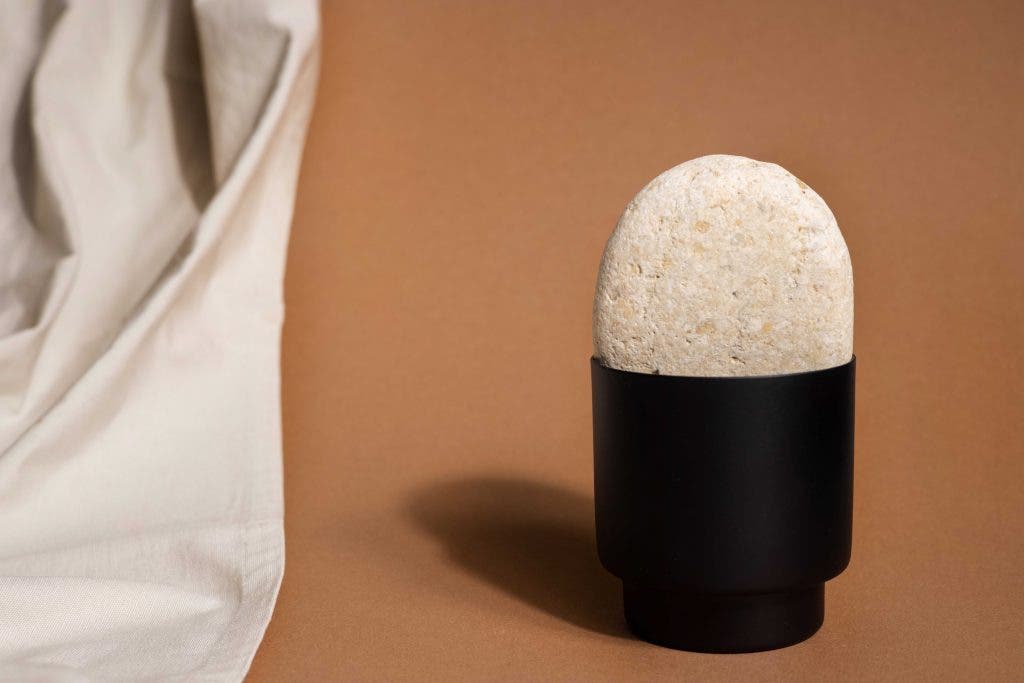
The Future of Asian Photography
The influence of Asian art and culture on photography is undeniable. Consequently, as we look to the future, it is clear that this influence will only continue to grow. The democratization of photography through emergent digital technology and social media has allowed more diverse voices, especially those from Asian backgrounds, to be heard and seen.
As a result, we are witnessing a flourishing of creativity and innovation among established and emerging Asian photographers. This new generation of Asian photographers not only draws upon their cultural heritage but also embraces contemporary social norms and incorporates global influences. This fusion of the traditional with the avant-garde and East meets West is leading to the creation of visually stunning and thought-provoking work that is both rooted in history and forward-looking.
As these photographers continue to push the boundaries of the medium, they are helping to shape the future of photography in exciting and unexpected ways. Furthermore, the growing recognition of Asian photographers on the world stage is helping to challenge the historically Eurocentric narrative that has long dominated the art world. By bringing their unique voices and perspectives to the forefront, these artists are broadening our understanding of what photography can be and what it can represent.
